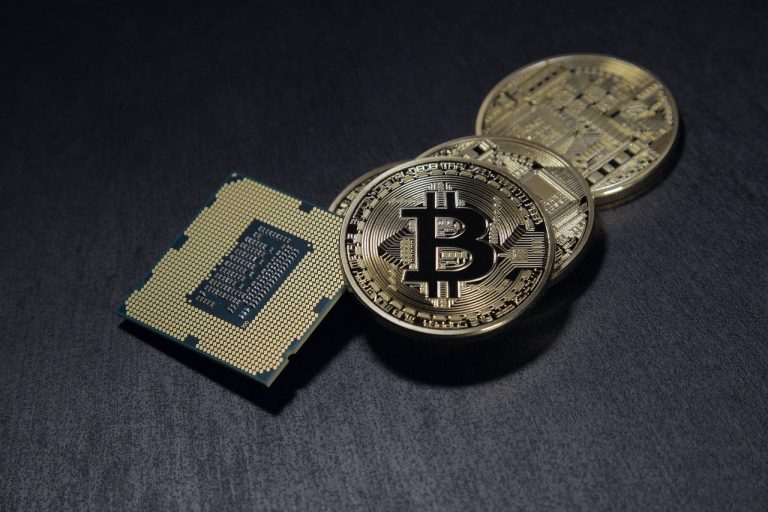Kava: A Cross-Chain DeFi Platform for Lending and Trading
The decentralized finance (DeFi) industry has seen significant expansion over the past few years, offering individuals novel methods to manage their assets, access loans, and participate in trading activities without the involvement of intermediaries. Nonetheless, this growth has brought attention to the constraints of existing DeFi platforms, particularly in terms of interoperability and cross-chain functionality.

To address these challenges, Kava, an online trading platform, has introduced a cross-chain DeFi platform for lending and trading. This platform, called Bitcoin Era, seeks to enable seamless interaction and exchange of digital assets across various blockchain networks.
Kava’s cross-chain technology is designed to facilitate the transfer of value between different cryptocurrencies, including Bitcoin, Ethereum, and Binance Coin, as well as to provide access to liquidity and credit facilities. By enhancing interoperability and cross-chain functionality, Kava has the potential to open up new opportunities for users and businesses in the DeFi ecosystem.
As a beginner exploring the world of bitcoin trading, using profit maximizer can open doors to new opportunities and enhance your trading journey.
What is Kava?
Kava is a blockchain platform that aims to provide users with a variety of financial services, including lending, trading, and stablecoins. It operates as a decentralized network, meaning that there is no central authority controlling the platform.
One of the key benefits of Kava is that it is designed to be compatible with multiple blockchain networks, such as Bitcoin, Ethereum, and Binance Smart Chain. This cross-chain functionality is made possible through the use of Kava’s own blockchain, which acts as a bridge between different networks.
One of the main features of Kava is its lending platform, which allows users to borrow and lend digital assets. This system uses collateralized debt positions (CDPs), which means that users can access credit without having to go through traditional banking intermediaries. It also provides an opportunity for users to earn interest on their digital assets.
The Kava Token (KAVA)
Like many DeFi platforms, Kava has its own native token, KAVA. This token serves several purposes within the Kava ecosystem, including:
- Governance: KAVA token holders have the ability to take part in on-chain governance processes that pertain to the enhancement and management of the Kava blockchain network. This means that KAVA token holders have a say in important decisions related to the development and operation of the Kava platform, which can impact the network’s direction and growth.
- Staking: KAVA token holders have the opportunity to participate in staking, a process where they can contribute their tokens to help validate transactions on the Kava network. In return for staking their tokens, KAVA holders can earn rewards for their contribution to the network’s security and stability. This is an important function for the Kava network, as it ensures the authenticity of transactions and maintains the integrity of the platform. Staking also encourages token holders to have a long-term commitment to the Kava network, as the longer they stake their tokens, the more rewards they can earn.
- Collateral: The Kava lending platform offers a feature where KAVA cryptocurrency can be used as collateral to obtain credit. This means that users who hold KAVA can pledge it as security and borrow funds in return, allowing them to access credit without selling their KAVA holdings. This feature provides KAVA holders with a way to unlock the value of their holdings without needing to liquidate them.
Kava’s Advantages
Kava is a unique player in the DeFi space, offering cross-chain compatibility and a wide range of financial services. Its platform allows users to interact with assets across different blockchain networks, which opens up new opportunities for trading and lending that were previously inaccessible. By partnering with established DeFi platforms like Binance and Huobi, Kava also provides users with access to a wider range of trading options.
One of Kava’s technical advantages over other DeFi platforms is its CDP (Collateralized Debt Position) system, which offers greater flexibility in borrowing and lending. Kava’s use of a collateral pool helps to mitigate the risk of defaults, making it a more secure option for users. Additionally, Kava’s stablecoin, USDX, is designed to be more stable and secure than other DeFi stablecoins due to its use of a multi-collateral design and oracle-based price feeds. These features provide users with greater stability and predictability when using USDX for transactions.
Conclusion
Kava is a relatively new player in the world of Decentralized Finance (DeFi), which has shown great potential due to its unique features and capabilities. Kava stands out in the market due to its cross-chain compatibility, which allows it to interact with other blockchain networks, and its broad range of financial services, making it a distinct offering in the DeFi industry.
One of Kava’s main advantages is its ability to address the limitations of current DeFi platforms, which often face challenges with liquidity, scalability, and interoperability. Kava offers users new opportunities for lending and trading that other DeFi platforms cannot match, making it an attractive option for investors seeking to diversify their portfolios.






